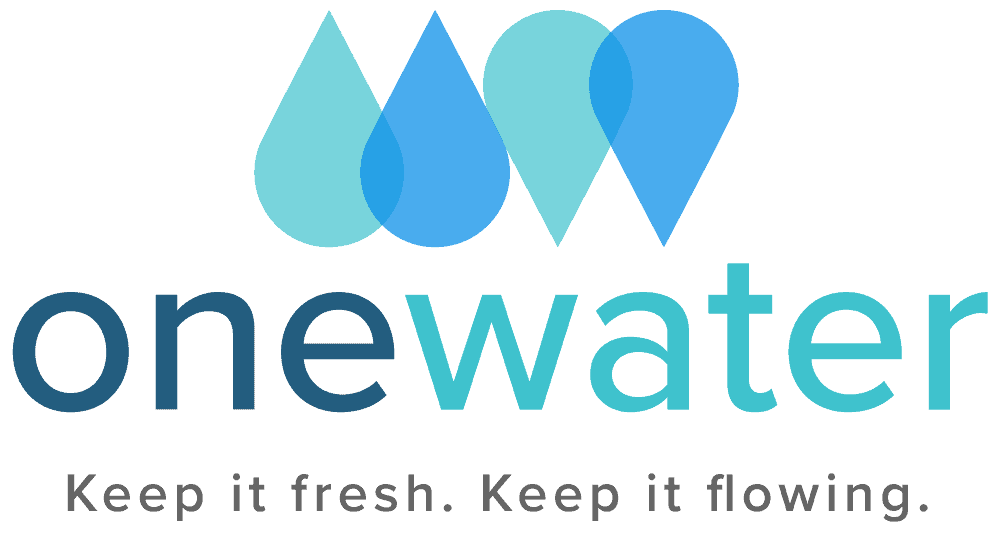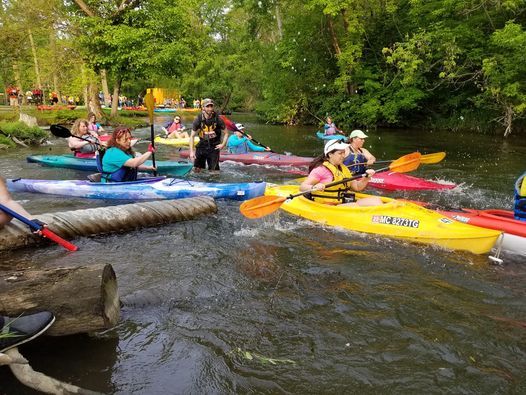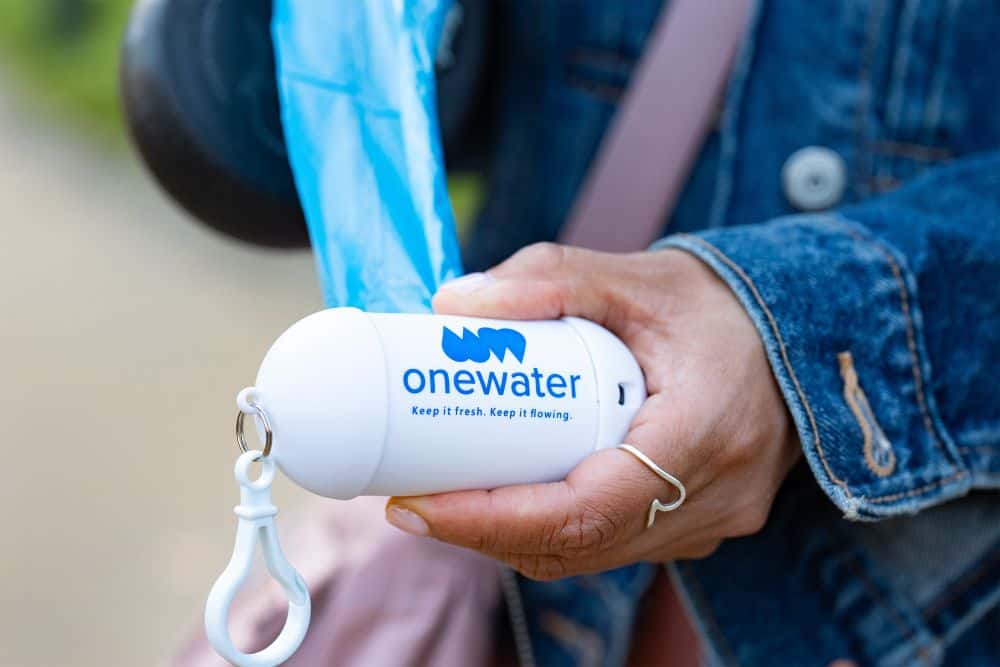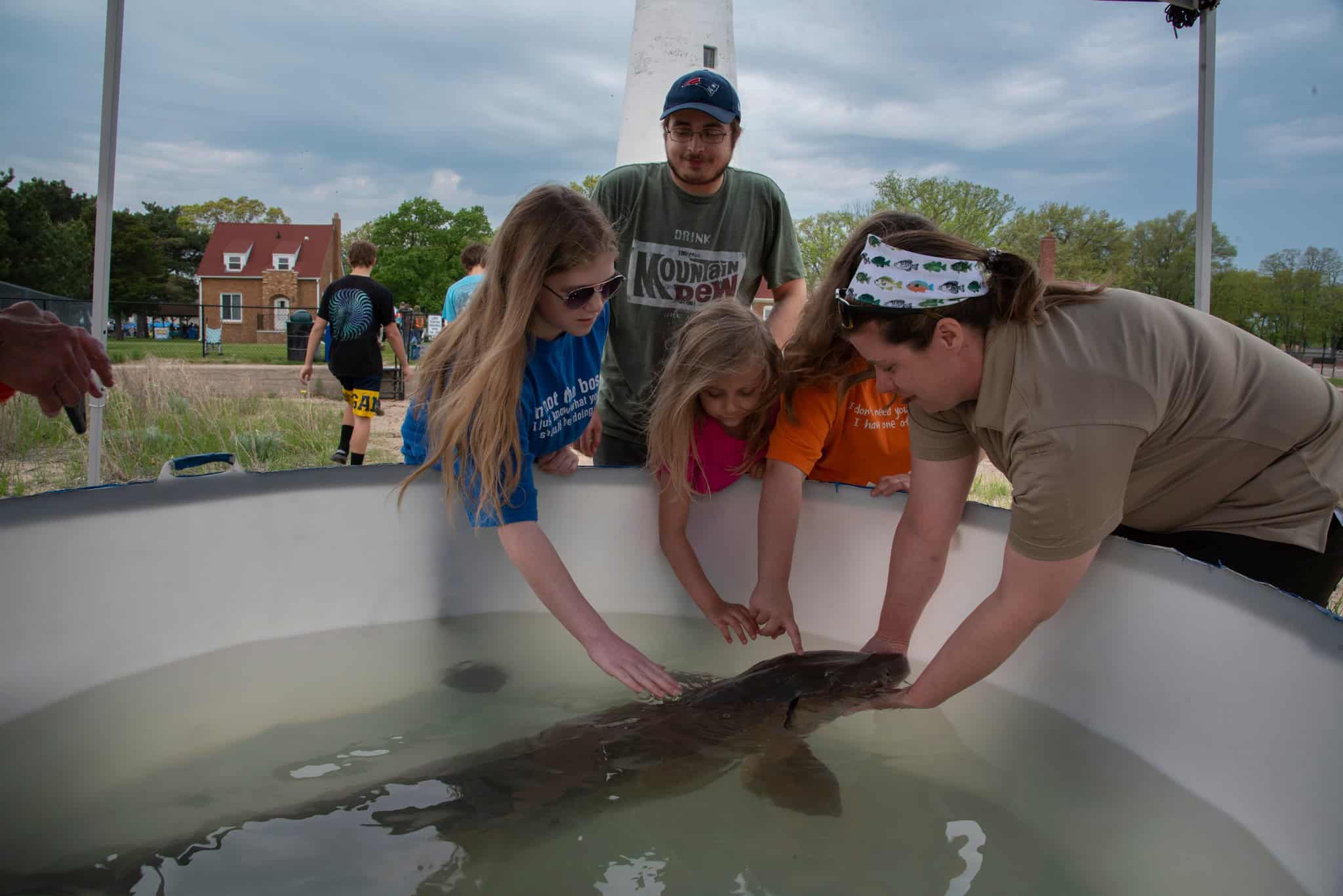there is one water, and it is ours to protect
The health and sustainability of our water resources depends on our ability to understand…
- The interrelationships of the water system
- The vastness and value of the system
We can take action by…
- Learning about water and the systems that serve us
- Practicing stewardship of water resources

watch/share 30-second videos
Last year, the One Water team added new videos to showcase the benefits of working in the water industry and the positive impact it has on surrounding communities. In these videos, a few faces of the water workforce highlight the variety of jobs available to people in the water world. Unfortunately, cities and communities across the country are facing critical staffing shortages for the operation and maintenance of essential water infrastructure. Preparing future generations to be good stewards of our water resources is critical for maintaining our water systems and ensuring safe water for years to come.
Southeast Michigan’s Water Legacy



Just as the water around us has shaped our lives, we have shaped our waterways over the years. Rapid industrialization and urbanization of this region created wealth and prosperity, but they have also contributed to water quality issues. The history of our waters is inseparable from the history of our region, and lessons from the past are essential to improving water quality for future generations.
In many ways, people are defined by water. The water we drink. The water we enjoy. There’s only one water. In Southeast Michigan, water is abundant. It shapes our communities. It gives us life. It is part of who we are. It is ours to protect. Prior to European settlement, our landscape and watersheds here looked different. The Anishinaabe peoples who first traveled these lands moved through forests and grasslands; they made their way over or around water and wetlands.
In the past few centuries, we’ve added a lot to the landscape. We’ve added people, buildings, industry, and much more. As we have developed the land and laid down roads to make travel easier for people, we have also built massive water systems that move water to where we need it and steer it away from the places we don’t.
Constrained by limited resources, our shared water systems are monitored and maintained every day by water professionals to ensure that we have reliable access to safe, fresh water.
Shaping our water’s future, together
As water systems age and need updating, we continue to learn and innovate, enabling us to effectively manage water systems and other infrastructure resources with smart, coordinated investments. We have made some big strides in water quality in recent decades, addressing pollution and reviving some of our most significant waterways. We are learning more all the time about how to manage our water resources more sustainably. Wet weather events are becoming more intense and more frequent; our aging infrastructure systems do not have the capacity to handle these increased volumes, and resources to enhance the system are limited. Whether it is by participating on this task force, sweeping a storm drain, or planting a tree, there is something all of us can do to ensure our water resources are sustained for generations to come.
Watch previous One Water webinars:
To lean more, read our annual One Water Implementation Reports:
Series: Southeast Michigan’s Water Champions
The people of Southeast Michigan benefit from living in the heart of the planet’s greatest fresh water resource. The Great Lakes provide tremendous access to water, along with opportunities for travel, industry, recreation, and more. The region’s One Water partners are focused on protecting and sustaining our water resources so these benefits can be enjoyed now and for generations to come. Watch our Southeast Michigan partner series to learn what some of our Water Champions are doing to help maintain your watershed address.
MS4 vs One Water
Communities in Southeast Michigan with MS4 Phase II Public Education Program (PEP) requirements can effectively leverage SEMCOG’s One Water Campaign to meet their educational goals. The One Water campaign offers resources and outreach materials designed to raise awareness about protecting and enhancing water quality.
Explore how One Water Campaign materials can support a community’s MS4 Phase II PEP requirements. Visit EGLE’s website for additonal information.
MS4 Phase II Requirements
MS4 Phase II Requirements
Promote public responsibility and stewardship in the applicant’s watershed(s)
One Water Materials
- Stormwater tip card
- One Water video series
- Various blog articles
- “Water: We Are the Champions” and “Water: Connected for Life” webinars
- Social media messages
Inform and educate the public about the connection of the MS4 to area waterbodies and the potential impacts discharges could have on surface waters of the state.
- Stormwater tip card
- “Stormwater and Flooding— Separated Systems” video
- “One Water, Part 1: Stormwater” blog
- Social media messages
Educate the public on illicit discharges and promote public reporting of illicit discharges and improper disposal of materials into the MS4.
- Stormwater tip card
- “If you see pollution, report it!” flyer on One Water page
- “One Water, Part 1: Stormwater” blog
Promote preferred cleaning materials and procedures for car, pavement, and power washing
- One Water, Part 1: Stormwater” blog
- Social media messages
Promote proper disposal practices for grass clippings, leaf litter, and animal wastes that may enter the MS4
- Stormwater tip card
- One Water video series
- “Stormwater and Flooding” video
- “One Water, Part 1: Stormwater” blog
- Social media messages
Identify and promote the availability, location, and requirements of facilities for collection or disposal of household hazardous wastes, travel trailer sanitary wastes, chemicals, and motor vehicle fluids
Inform and educate the public on proper septic system care and maintenance, and how to recognize system failure
- Wastewater tip card
- One Water video series
- “One Water, Part 2: Wastewater” blog
Educate the public on, and promote the benefits of, green infrastructure, and low impact development
- Stormwater tip card
- One Water video series
- “Water: We Are the Champions” and “Water: Connected for Life” webinars
- Social media messages
Identify and educate commercial, industrial, and institutional entities likely to contribute pollutants to storm water runoff
- Stormwater tip card
- “If you see pollution, report it!” flyer on One Water page
- “One Water, Part 1: Stormwater” blog
One Water Blogs
Read blog articles from SEMCOG staff on stormwater, campaign efforts, flooding, and more!
